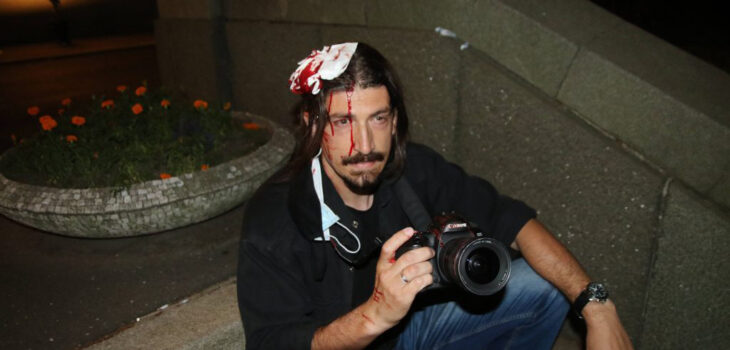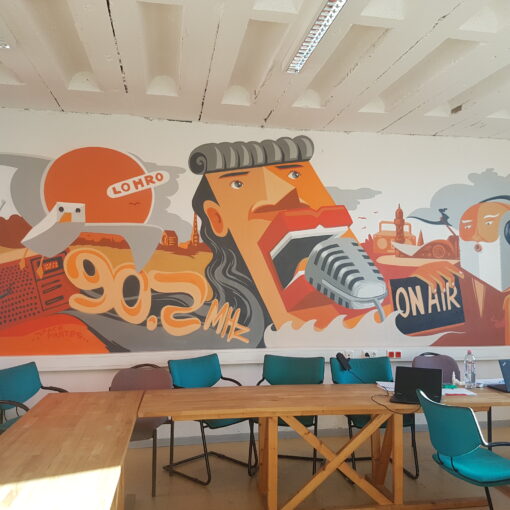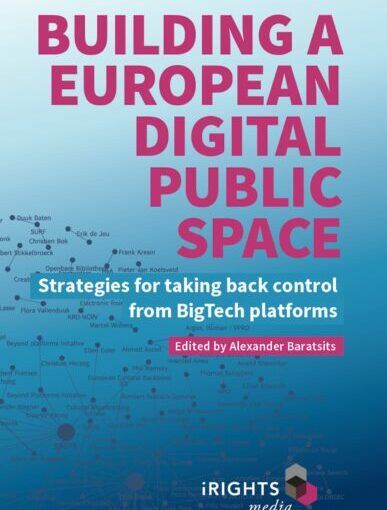The usual question “How are you?” in Serbia is not just a formality. It happens rather often within daily communication to receive in response a detailed “report” from the interlocutor.
These days, that answer in Belgrade often sounds like this: “I feel like we are back the 90s. It is as if Slobodan Milosevic is here again…” Synonymously to the abolition of all freedoms, as well as to the nationalism and wars in the ex-Yugoslavia throughout the 1990s – Slobodan Milosevic’s regime ruled, like all autocratic regimes, based on the tight media control.
The European Commission’s report on Serbia’s progress in the EU accession process that was just published on October 19, states that Serbia did not make significant progress in terms of media in 2021 compared to 2020. In the report on global freedoms in 2021, Freedom Haus, assessed Serbia, after its 30-year process of democratization, as a country with a low falling rate of freedom in the media sphere, legislation and the judiciary. The work of the Serbian government, but also the work of the bodies responsible for elections, were assessed as insufficiently transparent, and and the level of corruption as very high.
Monopolization of Media Space
Even though freedom of speech and opinion has been guaranteed by the Serbian Constitution, in nowadays Serbia under the rule of the Serbian Progressive Party and Aleksandar Vučić (ex-Minister of Information, under the Slobodan Milošević administration) all media with a national frequency are pro-government media, while those that have alternative independent position broadcast their content via cable channels and the Internet – so with much less resonance among the population of Serbia. Such polarization results in a sharp social and political division into the so-called “Two Serbias”. Public opinion created by the pro-government media is full of questionable information, hate speech and direct slander toward the members of opposition parties, especially journalists with critical voices. They are often called “enemies of the state”, which further increases the productivity of the populist right-wing matrix according to which the current Serbian government operates.
Manipulation of the media market of Serbia has been enabled through the control of regulatory bodies by the regime, non-transparent trade in private media and the allocation of financial resources and frequencies according to the criterion of closeness with the ruling party.
Journalist Safety
In Serbia, the Association of Journalists registered as many as 189 attacks in 2020, of which journalists were physically attacked 32 times, including by the police, while reporting on citizens’ protests against government anti-COVID measures.

Journalist Ana Lalić spent the night in police custody for reporting on the objective condition of protective equipment in the Novi Sad hospital during the pandemic in April 2020. During 2021, 91 attacks were recorded, and occasionally, as now, journalists were/are in home isolation for security reasons. If we add to all this the fact that journalist Milan Jovanovic’s house and car were set on fire in 2018 by a powerful local politician, and that the murders of three journalists between 1994 and 2001 have not yet been clarified, the continuity of elements of Slobodan Milosevic’s regime becomes even more obvious.
But, despite to the extremely unfavourable circumstances in Serbia, fortunately – alternative and critical voices are still present.
In the continuation of the column you can read: “Spaces (internet) of freedom – Radio in Serbia 2021.”




